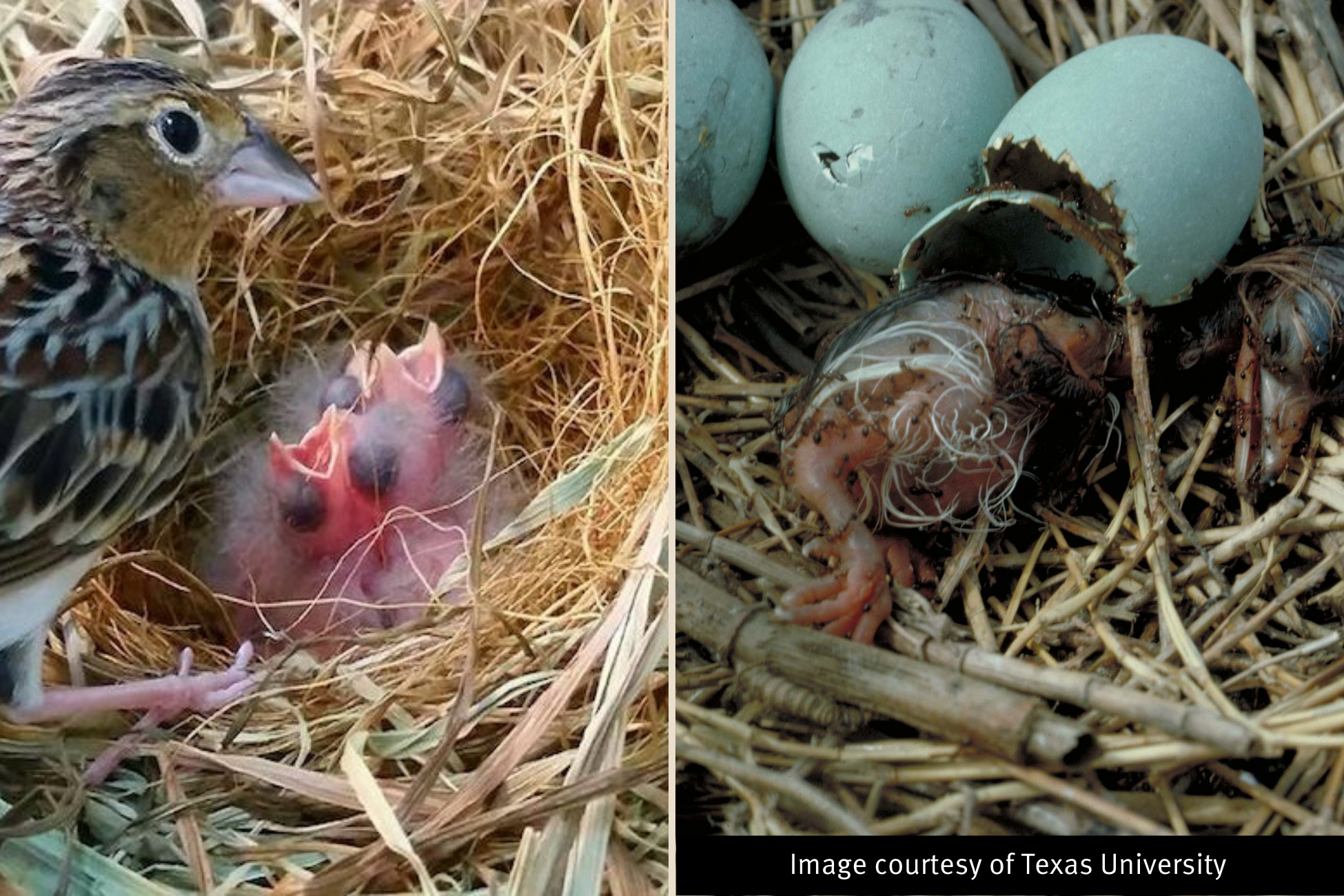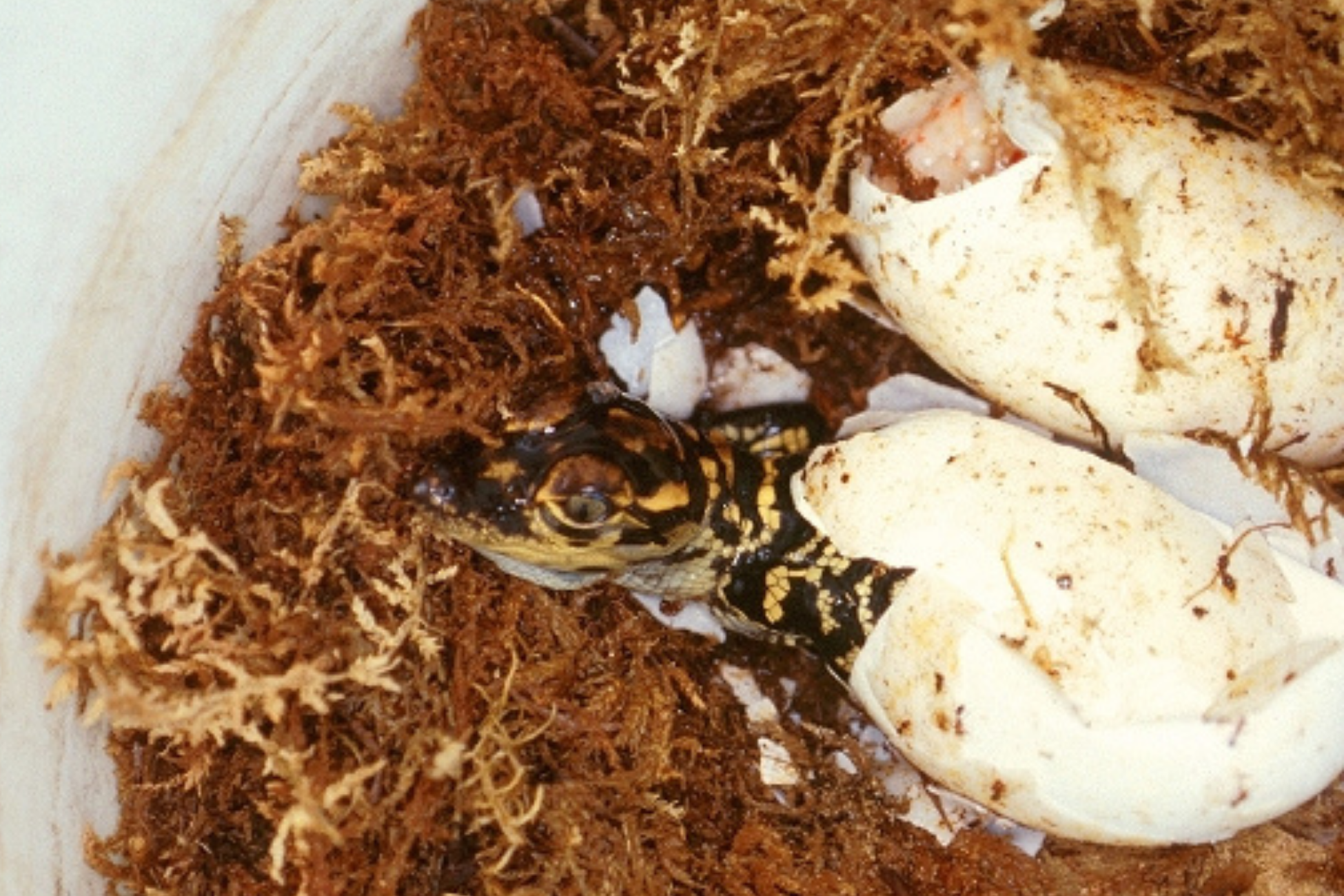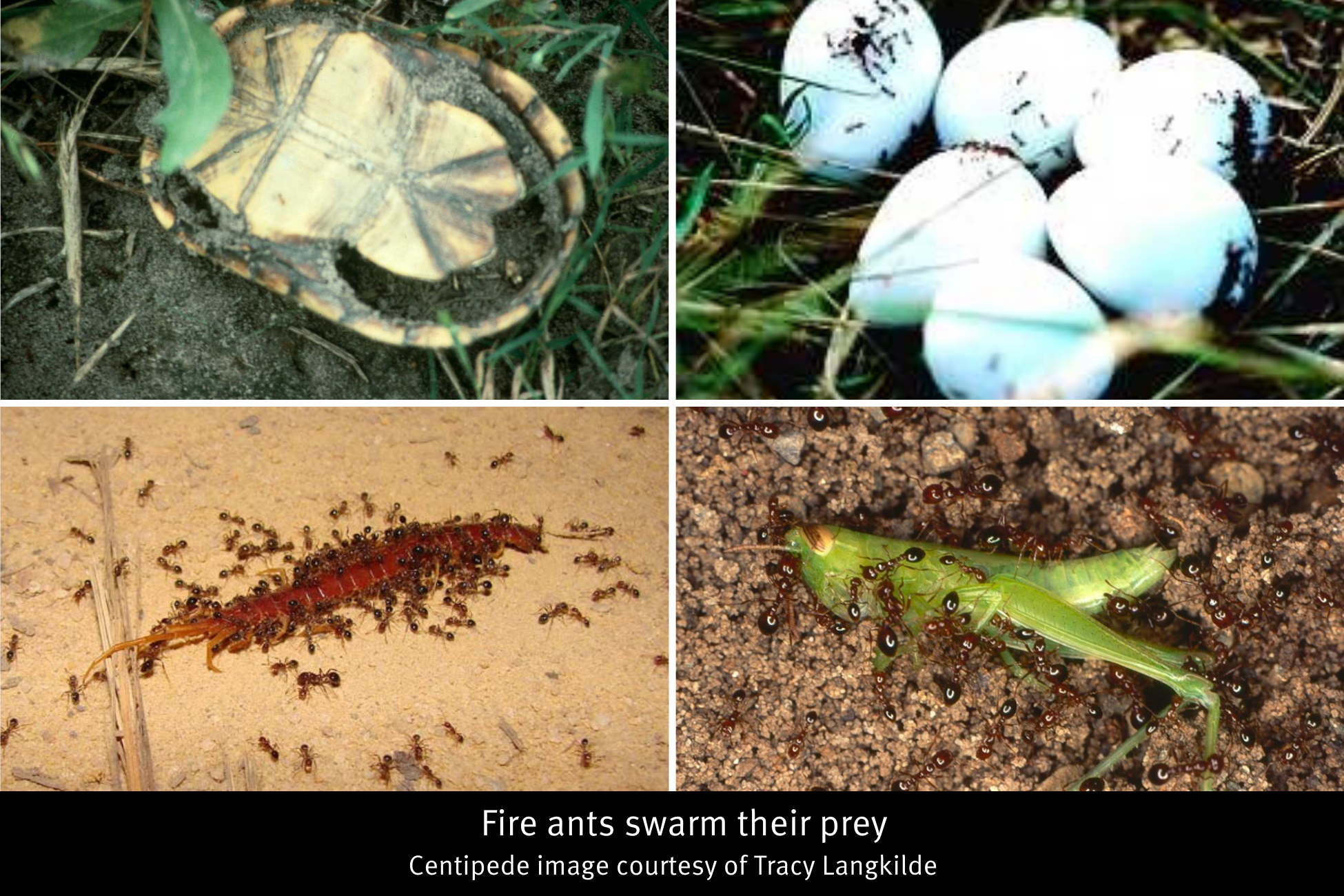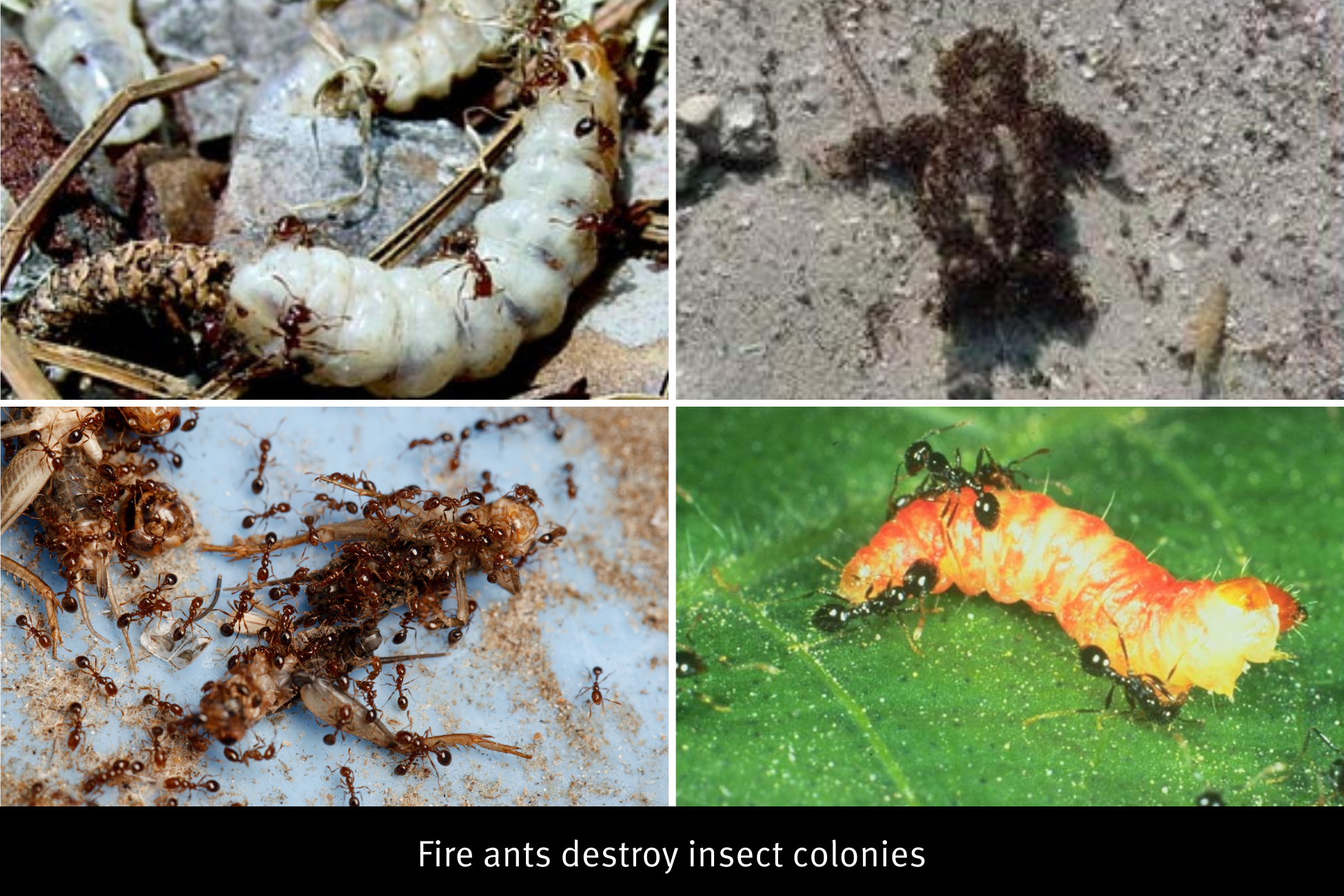Fire ants are the ultimate survivor — evolving and adapting their behaviour to live in most climates and environments around the world.

While fire ants prefer warmer climates — similar to that in their native South America — they can survive in below freezing temperatures.
They can also survive in waterlogged environments and in drought.
Fire ants are unable to regulate their body temperature, instead adjusting their nests depending on the weather and surroundings.
- In warmer temperatures or in periods of drought fire ant nests typically present as small patches of loose soil.
- In cooler temperatures or following rain, fire ants typically present as larger more visible mounds.
Movement
Fire ants are not like the common ants you find in and around your property.
They can:
- swarm their prey and/or sting their victims when they feel threatened — this behaviour is not observed in other ant species
- travel over any ground surface and other items in their path — they typically don’t stray further than 30 m from their nests.
- travel under the ground using the elaborate tunnel system built into their nests.
- hitch a ride in materials such as soil, hay, processed materials, turf and potted plants.
- fly up to 5 km — fertile males and female ants travel up to 300 m in the air for mating.
- raft on water after floods or wet weather events — the worker ants surround their queen and her eggs, linking together in a tight bundle and forming a floating raft with their bodies creating pockets of air for buoyancy.
Watch this interview with our lead scientist, Ross Wylie, to find out more.
Feeding
Fire ants are omnivorous, eating plant material, insects and small animals. They’ll also scavenge on dead animals, or any other nutritional source they encounter whilst foraging. They can also aggressively dominate local or native ant species in the area, disturbing ecosystems and the animals that eat native ant species.
Workers tend to forage more during the warmer months, typically when ground temperatures are between 22°C and 36°C.
Foragers collect both liquid and solid foods, however adult ants can only consume liquids, which they store and transport in their stomach. Foragers collect solid foods in their mandibles (mouth parts) and carry them back to the colony where they will be given to the oldest larvae.
The oldest larvae are the only colony member able to digest solid food, which they break down into a nutrient rich liquid to share with the colony. Ants pass regurgitated food to each other through a process known as trophallaxis. Liquid foods are shared between workers, who then feed both the young and the queen.







